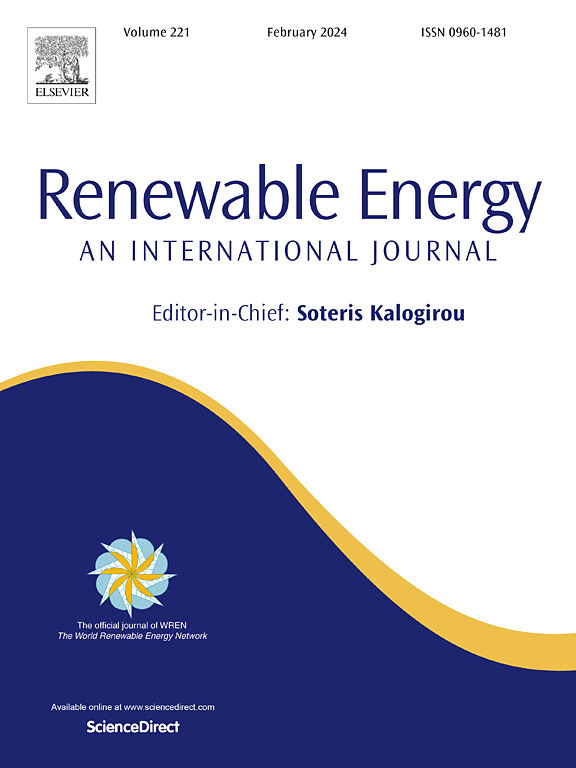优化过氧化物太阳能电池的新型器件配置:在大型数据集上通过机器学习提高稳定性和效率
IF 9
1区 工程技术
Q1 ENERGY & FUELS
引用次数: 0
摘要
本文章由计算机程序翻译,如有差异,请以英文原文为准。
Optimizing novel device configurations for perovskite solar cells: Enhancing stability and efficiency through machine learning on a large dataset
Perovskite solar cells (PSCs) have emerged as promising, cost-effective, and efficient alternatives to silicon-based solar cells, yet achieving both high stability and efficiency remains challenging. To address these challenges, we developed Random Forest and Extreme Gradient Boosting models to optimize the stability and power conversion efficiency (PCE) of PSCs, using a large dataset from the Perovskite Database. Our models demonstrated strong predictive performance, achieving an accuracy of 0.848 in stability classification and an R2 of 0.751 for PCE prediction on the test set. Stability prediction used a classification approach, labeling devices as stable if they retained at least 80 % of their initial PCE after 1,000 h, a threshold that allows the inclusion of both T80 and E1000h data. Using the trained models, we do high-throughput screening of 29,016 new device configurations with varied cell architectures, electron transport layers, hole transport layers, and perovskite ion compositions. Among these, we identified 100 top-performing, predicted stable lead-based PSCs configurations with potential PCEs reaching up to 26.06 %, surpassing the highest stable device in the Perovskite Database, which has a PCE of 22.3 %. This study demonstrates that machine learning-driven approaches can effectively guide PSCs optimization, surpassing the performance of previously reported configurations.
求助全文
通过发布文献求助,成功后即可免费获取论文全文。
去求助
来源期刊

Renewable Energy
工程技术-能源与燃料
CiteScore
18.40
自引率
9.20%
发文量
1955
审稿时长
6.6 months
期刊介绍:
Renewable Energy journal is dedicated to advancing knowledge and disseminating insights on various topics and technologies within renewable energy systems and components. Our mission is to support researchers, engineers, economists, manufacturers, NGOs, associations, and societies in staying updated on new developments in their respective fields and applying alternative energy solutions to current practices.
As an international, multidisciplinary journal in renewable energy engineering and research, we strive to be a premier peer-reviewed platform and a trusted source of original research and reviews in the field of renewable energy. Join us in our endeavor to drive innovation and progress in sustainable energy solutions.
 求助内容:
求助内容: 应助结果提醒方式:
应助结果提醒方式:


